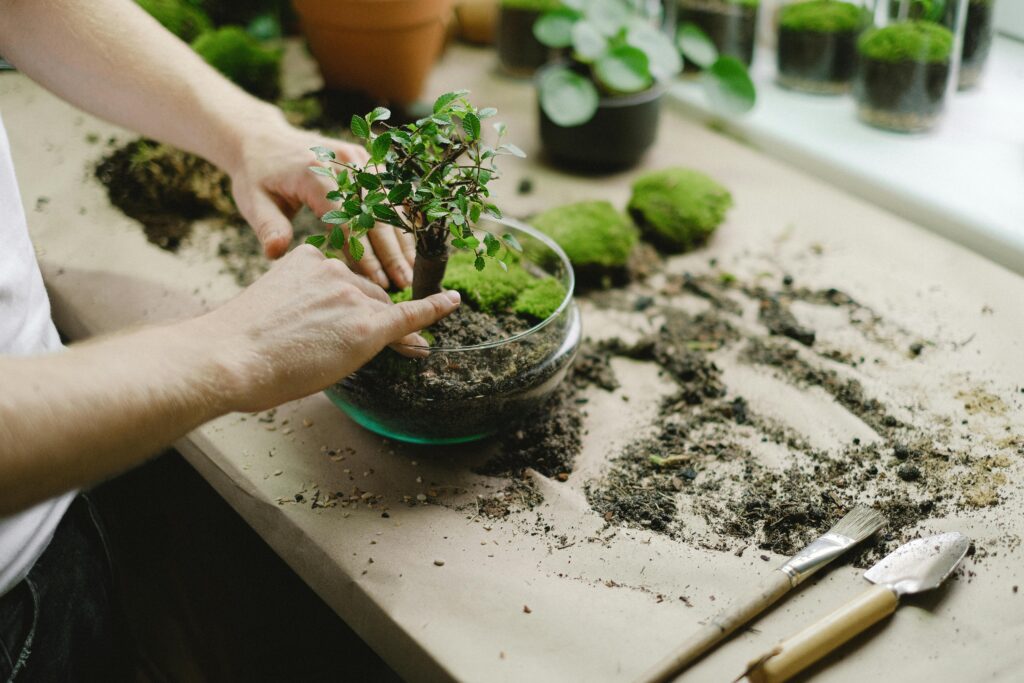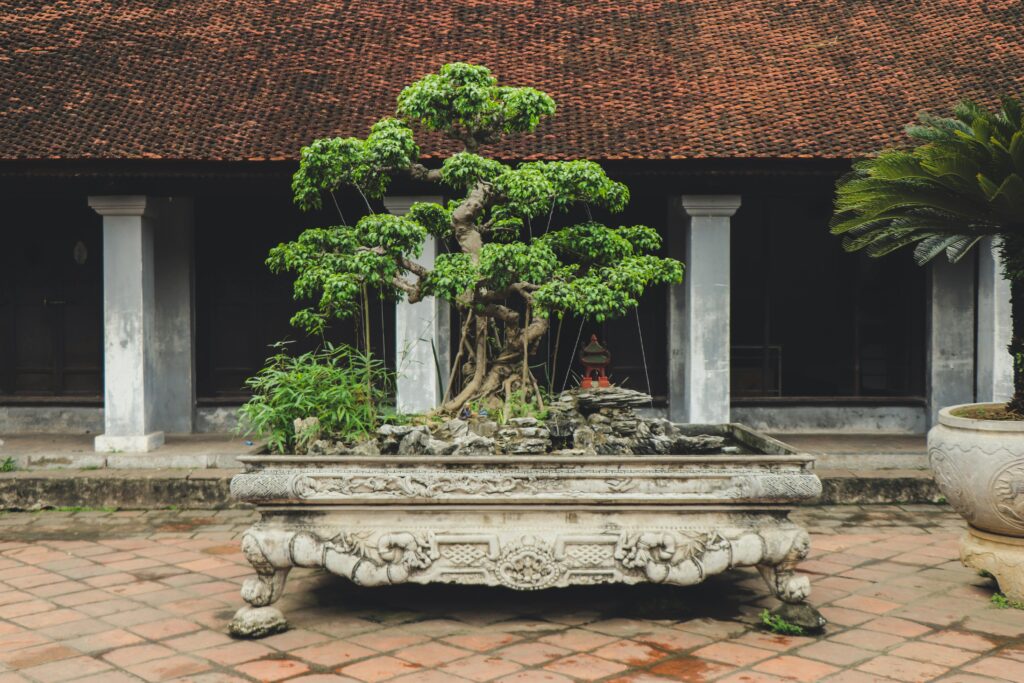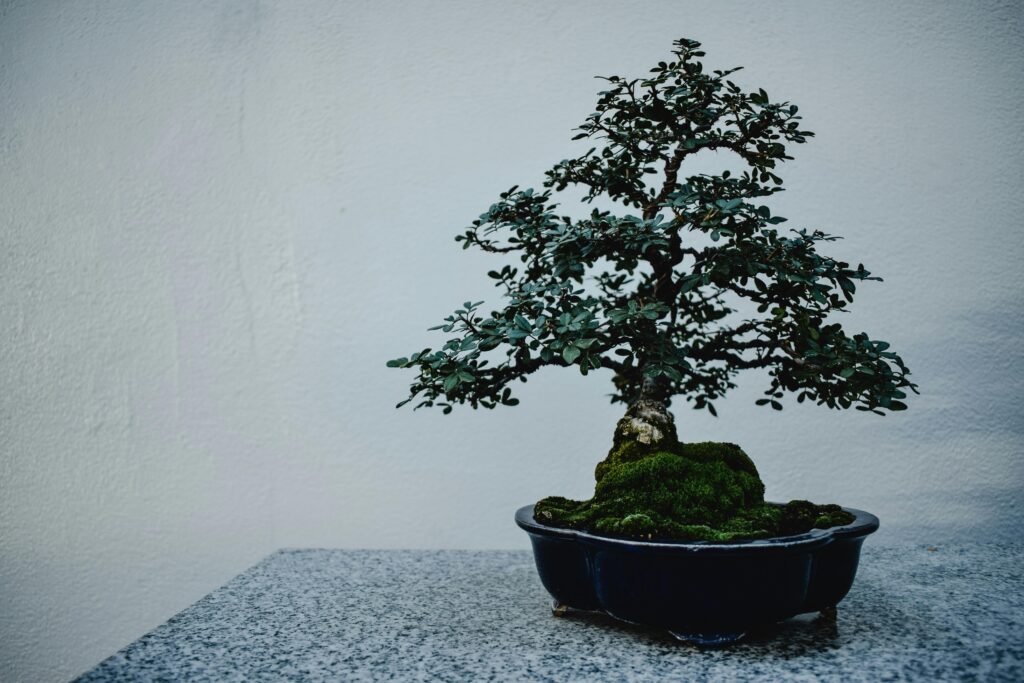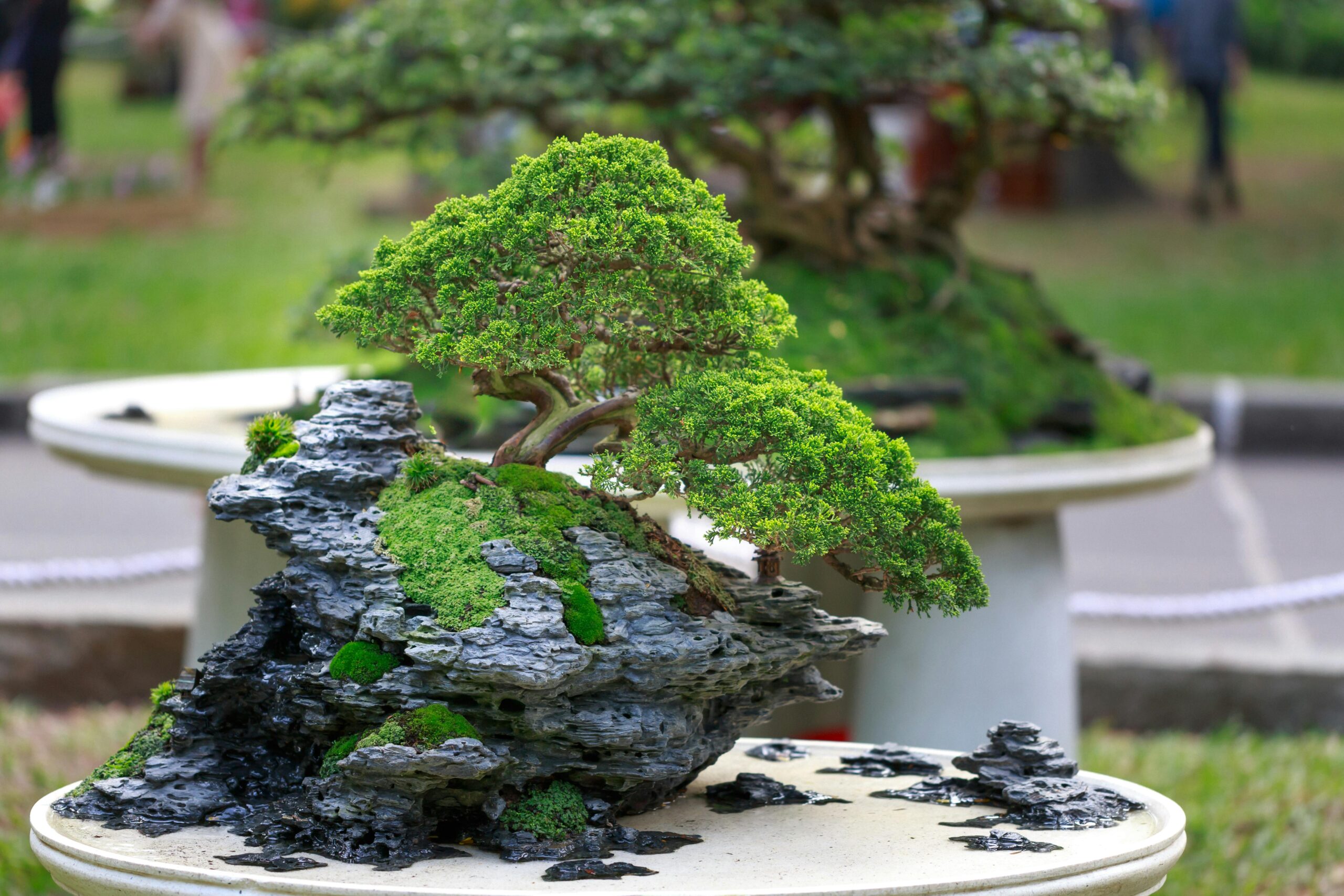How I Discovered the World of Bonsai
I never imagined that such a small tree could teach me so much about life. My journey into the world of bonsai began on a rainy afternoon, the kind that makes you want to stay indoors and start something new. I had always been fascinated by miniature worlds—tiny ecosystems that carry a profound sense of calm and balance. That day, I walked into a local garden center and saw a small juniper bonsai sitting on the shelf, its twisted branches reaching gracefully toward the sky. I took it home without knowing much about how to care for it, but from that moment on, my life changed in the most unexpected and beautiful way.

Understanding What a Bonsai Really Is
Bonsai, contrary to popular belief, is not a type of tree—it is an art form, a philosophy, and a living sculpture. The word “bonsai” comes from the Japanese terms “bon” (tray) and “sai” (plant), and the practice dates back over a thousand years. It was originally influenced by the Chinese art of “penjing,” which involves creating miniature landscapes. However, it was the Japanese who refined bonsai into the form we know today—focusing on individual trees and emphasizing simplicity, harmony, and the natural flow of the branches and leaves. The first time I read about its history, I realized I wasn’t just cultivating a plant—I was stepping into a tradition rooted in mindfulness and reverence for nature.
The Importance of Patience from the Very First Sprout
The most important lesson I’ve learned from bonsai is patience. From the very first sprout, everything you do requires time, observation, and delicate hands. When my first bonsai began to develop new growth, I was thrilled, but I quickly learned that not all growth is good. The tree was stretching upward too quickly, trying to escape its miniature form. I had to learn how to prune correctly—not just for aesthetics, but to ensure the health of the tree. Pruning isn’t just about cutting—it’s about understanding the direction the tree wants to grow and guiding it gently, without forcing anything. I use sharp, sterile shears and always make precise cuts just above a node to encourage branching. It’s a dance between nature and nurture.
Mastering the Art of Watering
Watering is another critical aspect of bonsai maintenance that I misunderstood at first. Bonsais live in small pots, which means their roots have limited space and dry out faster than regular plants. For the longest time, I thought I was being helpful by watering my tree daily, but I soon realized that overwatering can be just as harmful as letting it dry out. Now, I check the soil every morning—if the top inch feels dry, I water deeply until it drains from the bottom of the pot. In summer, this means watering once or twice a day; in winter, much less frequently. Finding that rhythm has become a part of my daily ritual, and I genuinely look forward to those quiet moments in the morning with my bonsais.
Choosing the Right Location and Light
Sunlight and placement are equally essential. Most bonsai trees prefer bright, indirect sunlight, though this can vary depending on the species. My juniper, for instance, thrives outdoors where it can enjoy the full sun for several hours a day. I tried keeping it indoors at first, but it quickly began to decline. I learned that not all bonsai trees are suitable for indoor environments—many, like juniper and pine, require seasonal changes to stay healthy. On the other hand, species like ficus and jade can adapt to indoor conditions if given enough light. It’s all about knowing your tree and respecting its natural needs.
Wiring: Sculpting Nature Without Harm
Wiring was one of the more intimidating parts of bonsai cultivation for me. The idea of bending and shaping living branches with aluminum or copper wire felt almost invasive at first. But once I understood that wiring, when done properly, allows the tree to grow into a desired shape more naturally, I embraced it. I use thin, flexible wire and wrap it gently around the branches at a 45-degree angle. Then, I slowly bend the branch into the desired position—never forcing it, always listening to the tree’s resistance. It’s essential to monitor the wire and remove it after a few weeks before it starts biting into the bark. With practice, this process becomes intuitive, and you begin to see the tree’s personality emerge.
Different Types of Bonsai Trees
Over the years, I’ve experimented with different types of bonsai trees, each offering its own charm and challenges. Juniper was my first love—resilient, expressive, and wonderfully textured. Then I tried Ficus, which is great for beginners because it’s forgiving and adaptable to indoor conditions. Chinese Elm quickly became another favorite of mine due to its beautiful small leaves and quick growth. Maple trees, especially the Japanese Maple, are breathtaking in autumn but more sensitive to care. For flowering options, I adore Azaleas—they produce stunning blooms that look like fireworks frozen in time. Each species has its rhythm, its own preferences for water, light, pruning, and temperature. Getting to know them is like getting to know a friend—you learn what makes them thrive.
Where Bonsai Cultivation Began

Although bonsai is widely associated with Japanese culture, its roots trace back to ancient China, where miniature landscapes were created as spiritual symbols. These early forms, called penjing, were elaborate and often included rocks, water, and tiny structures alongside trees. The practice migrated to Japan around the 6th century, where it was embraced and refined into a more minimalist and meditative art. Bonsai became not just a reflection of nature, but a path to understanding it. Learning about this history deepened my appreciation for every pruning cut and every choice of pot. I realized I was part of a tradition that spanned centuries, one that valued patience, discipline, and beauty in imperfection.
Bonsai and Emotional Healing
I never expected my bonsai trees to become a source of emotional healing, but they have. During moments of stress or anxiety, tending to my trees grounds me. The routine of watering, pruning, and observing helps me slow down and focus. There’s something incredibly therapeutic about caring for a living being that responds to your touch and attention. Each tree tells a story of resilience—of surviving seasons, adapting to changes, and growing in confined spaces. They’ve helped me process my own experiences and find peace in the present moment.
Tools and Supplies You Should Have
Over time, I’ve built a small toolkit that I consider essential for anyone serious about bonsai. It includes pruning shears, concave cutters (for clean branch removal), wire cutters, root rakes, tweezers for detailed work, and a watering can with a fine spout. I also keep a variety of wires in different thicknesses, bonsai-specific soil, and mesh for drainage holes. Don’t worry about buying everything at once—start small, and add tools as you grow in confidence. One of my favorite parts of bonsai is that it doesn’t require huge investment, just care and consistency.
Repotting: Giving Your Tree Room to Breathe
Repotting is a critical step that often gets overlooked by beginners. I made that mistake myself—leaving a tree in the same soil for three years. Over time, the roots became tangled and compacted, choking the tree from the inside. Now, I repot most of my bonsais every two years, usually in early spring before new growth starts. I trim back about one-third of the root ball and replace the soil with fresh bonsai mix. It’s amazing to watch a tree regain vigor after a successful repot. It’s like giving it a fresh start.
Sharing the Passion and Building Community
One of the most rewarding aspects of bonsai is the community that comes with it. I started posting photos of my trees on social media, and that led to conversations, advice exchanges, and even in-person meetups. There’s a deep sense of camaraderie among bonsai lovers. We share our triumphs and losses, and I’ve learned so much from others who’ve been doing this longer than I have. I even wrote a post on how to start your first herb garden as a beginner, which has surprisingly resonated with the same audience—both practices celebrate slowness and intentional care.
How Bonsai Changed the Way I View Gardening
Before bonsai, I treated gardening like a chore—watering, trimming, done. Now, it feels like a relationship. I listen to the trees, learn from them, and adapt my care to their needs. This shift has influenced how I approach my whole garden. I started paying more attention to soil health, pruning techniques, and even the layout of my outdoor space. If you’re also interested in improving your overall gardening experience, I wrote an article on Tips for Creating a Japanese Garden at Home.
Final Thoughts: What Bonsai Has Taught Me

My journey with bonsai is far from over. These trees have taught me patience, humility, discipline, and joy. They’ve become more than just plants on a shelf—they are living reminders to stay present, to nurture growth slowly, and to appreciate beauty in small things. If you’re thinking about starting your own bonsai journey, my advice is simple: begin with curiosity, continue with care, and stay open to what the tree wants to teach you. Because in the quiet stillness of shaping a tiny tree, you just might shape a better version of yourself.

